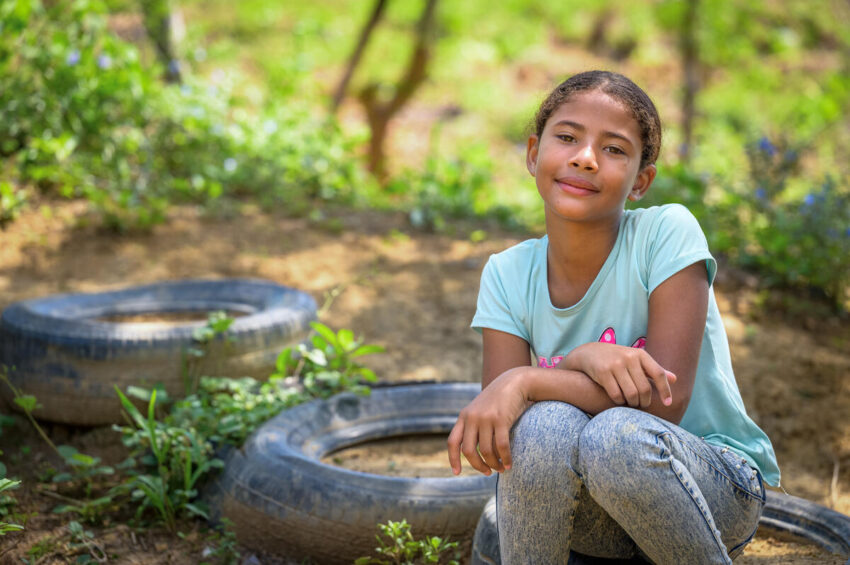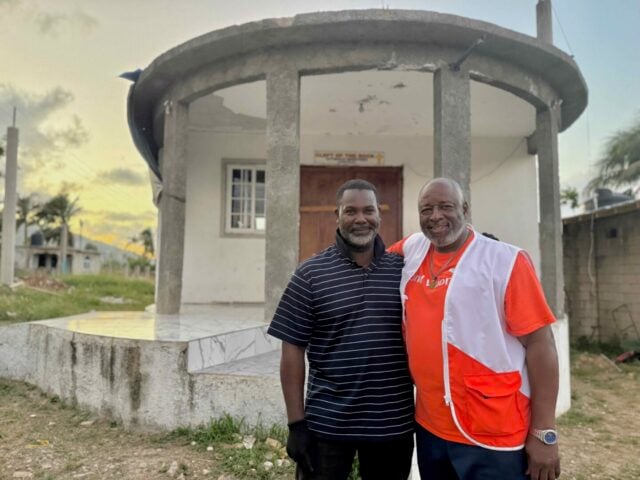Once among Latin America’s most prosperous nations, Venezuela has taken a drastic turn within the last decade due to political unrest and economic decline. The nation remains mired in a humanitarian crisis due to hyperinflation, mass unemployment, and acute shortages of vital resources such as food, medicine, and electricity. This crisis has driven millions of people from Venezuela in search of food, better living conditions, and work opportunities beyond its borders.
The ongoing influx of Venezuelans to neighboring countries has placed a strain on social services, particularly in areas near the borders of Brazil, Colombia, Ecuador, and Peru.
Below are answers to common questions about the Venezuela crisis, how it’s impacting families and children, and what you can do to help.
Venezuela crisis: Facts, FAQs, and how you can help
- Fast facts: Venezuela crisis
- Why is Venezuela in crisis right now?
- How many people have fled Venezuela?
- Where are Venezuelan migrants and refugees going?
- What’s the difference between a migrant, a refugee, and an asylum-seeker?
- How is the Venezuela crisis affecting children?
- How is World Vision responding to the Venezuela crisis?
- How is World Vision helping children affected by the Venezuela crisis?
- How can I help people affected by the Venezuela crisis?
Fast facts: Venezuela crisis
- Driven by ongoing turmoil, as of May 2025, over 6.8 million Venezuelans have left the country since 2014.
- The majority of Venezuelan refugees and migrants — approximately 6.7 million — reside in Latin America and the Caribbean.
- Colombia hosts the highest concentration of Venezuelan migrants — 2.8 million.
- An estimated 7.6 million people still residing in Venezuela required humanitarian assistance in 2024.
- The migration of children and adolescents through the dangerous Darién Gap in Panama has increased by 40% so far in 2024, according to the U.N. Children’s Fund (UNICEF).
Why is Venezuela in crisis right now?
Venezuela is facing a prolonged crisis caused by years of hyperinflation, rampant corruption, economic mismanagement, and heavy dependence on oil revenues. Once one of the wealthiest nations in Latin America, Venezuela’s economy collapsed after a sharp drop in global oil prices and a steep decline in domestic oil production. The government’s ineffective response to these challenges, along with its failure to provide essential social services, has exacerbated the crisis, leaving Venezuelans struggling with dire shortages of food, medicine, and other necessities.
How many people have fled Venezuela?
As of May 2025, more than 6.8 million people have left Venezuela, making it one of the largest external displacement crises in the world.
Where are Venezuelan migrants and refugees going?
Most Venezuelans have sought safety in neighboring countries. Of the millions of people who have left Venezuela, the majority have chosen to stay in Latin America and the Caribbean. Notably, Colombia has become the primary destination, hosting over 2.8 million refugees and migrants from Venezuela. Other significant destinations include:
- Peru: 1.6 million
- Brazil: 680,145
- Chile: 669,408
A dangerous exodus
As the crisis unfolds, people are taking dangerous journeys to reach their intended destinations. These treks are frequently taken on foot, and some even attempt risky sea voyages to nearby Caribbean islands.
The lack of proper documentation makes refugees and migrants vulnerable to exploitation and victimization at the hands of smugglers and traffickers who take advantage of their desperate situation.
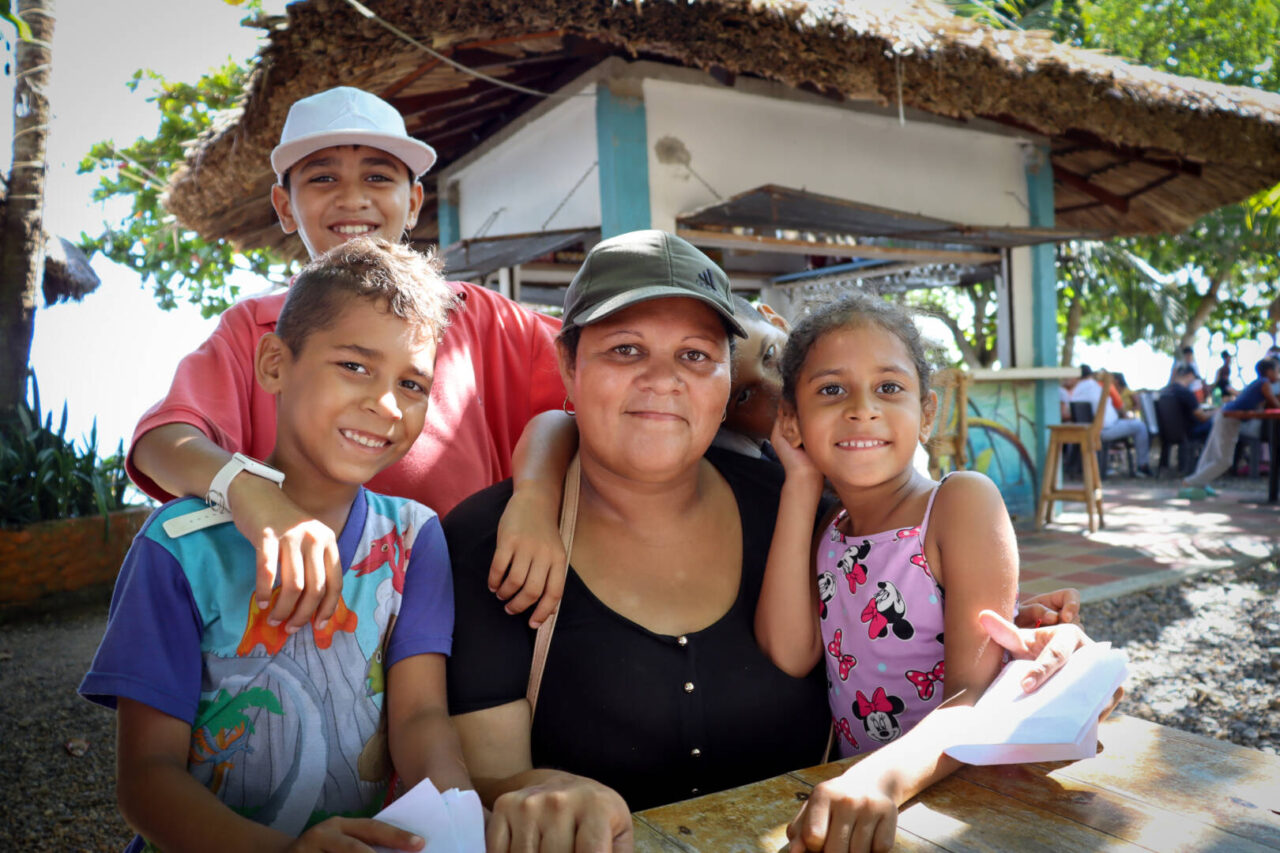
Jasmina and her family, including her children pictured above, embarked on a years-long journey from Venezuela in search of better living conditions. They traveled hundreds of miles through the roads of Venezuela, Colombia, Ecuador, and Peru, enduring nights of sleeping on the streets with no permanent home. Their struggles included crossing the Darién Gap, a dangerous jungle route.
“You just feel like you’re going to die; you just feel like you’re going to stay there. You can only pray and ask God to give you strength from where there is none because your legs are getting weaker, you feel like you can’t breathe, that you are going to faint, that you are going to stay there and nobody, absolutely nobody, is going to be able to help you, because you are in the middle of nowhere, in the middle of a jungle,” remembers Jasmina. Despite the immense difficulties, they pressed on.
After four years of migrating from country to country, Jasmina made the difficult choice to return to Venezuela. She expressed heartfelt gratitude for World Vision’s support, which provided her family with the transportation they needed to return to their community. World Vision’s help eased their journey home and left a lasting impact on Jasmina, who was assured that her family was not alone during the most challenging times of their migration.
“… Without that help, the return would have been very difficult, we were already tired and without strength. With World Vision, the burden was significantly reduced,” she says.
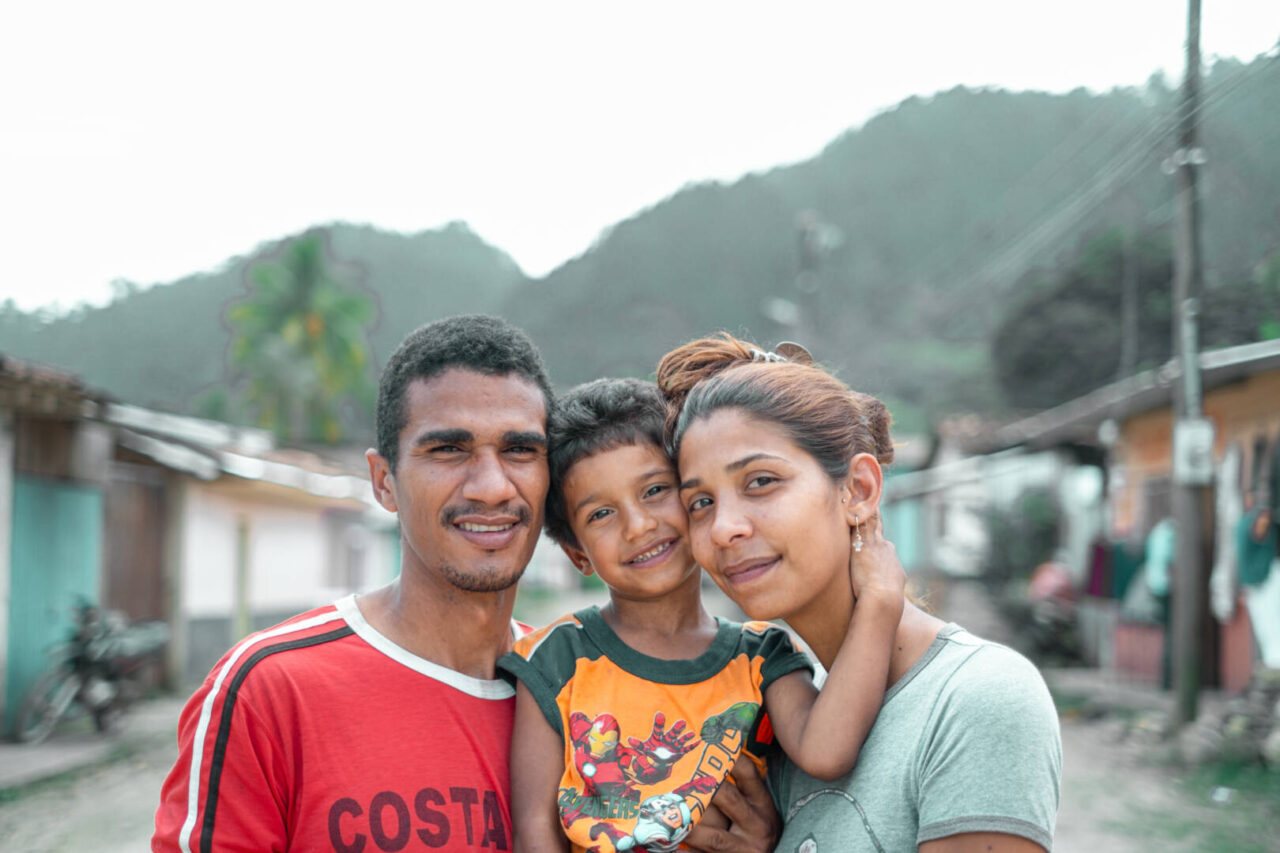
What’s the difference between a migrant, a refugee, and an asylum-seeker?
The Venezuela crisis has sparked a significant movement of people, the majority of whom are classified as migrants. A migrant is someone who moves from their usual place of residence, whether internally or internationally, regardless of their legal status or reasons for moving.
By contrast, a refugee is a person who flees their home country due to persecution, conflict, violence, or other circumstances that place them in need of international protection. Nearly 212,000 people who have left Venezuela are considered refugees, as they fled the country to escape violence.
Additionally, according to the UNHCR, as of mid-2023, nearly 1.2 million Venezuelans were asylum-seekers. An asylum-seeker is someone who applies for refugee status in another country and is awaiting a decision on their claim for protection.
How is the Venezuela crisis affecting children?
Children and teens are among the most vulnerable in the Venezuela crisis. As families continue to move across borders, young people face serious risks like:
- Violence
- Malnutrition
- Forced recruitment by armed groups
- Dropping out of school
These threats endanger their safety, health, and future development.
Girls, children traveling alone, or those who are separated from their families face even greater threats. They are at high risk of trafficking, sexual exploitation, and abuse. Their mental health and psychosocial well-being are also threatened: reported cases of sexual violence have tripled, and suicide risk has increased over the last few years, according to UNICEF.
Another alarming trend has emerged: More children than ever are embarking on hazardous routes to reach their intended destinations. Over 30,000 children crossed the Darién Gap in the first four months of 2024, a 40% increase from the previous year. UNICEF reports that in 2024, 800,000 people, including 160,000 children and teens, were expected to cross the jungle as part of the ongoing migration crisis, requiring humanitarian assistance.
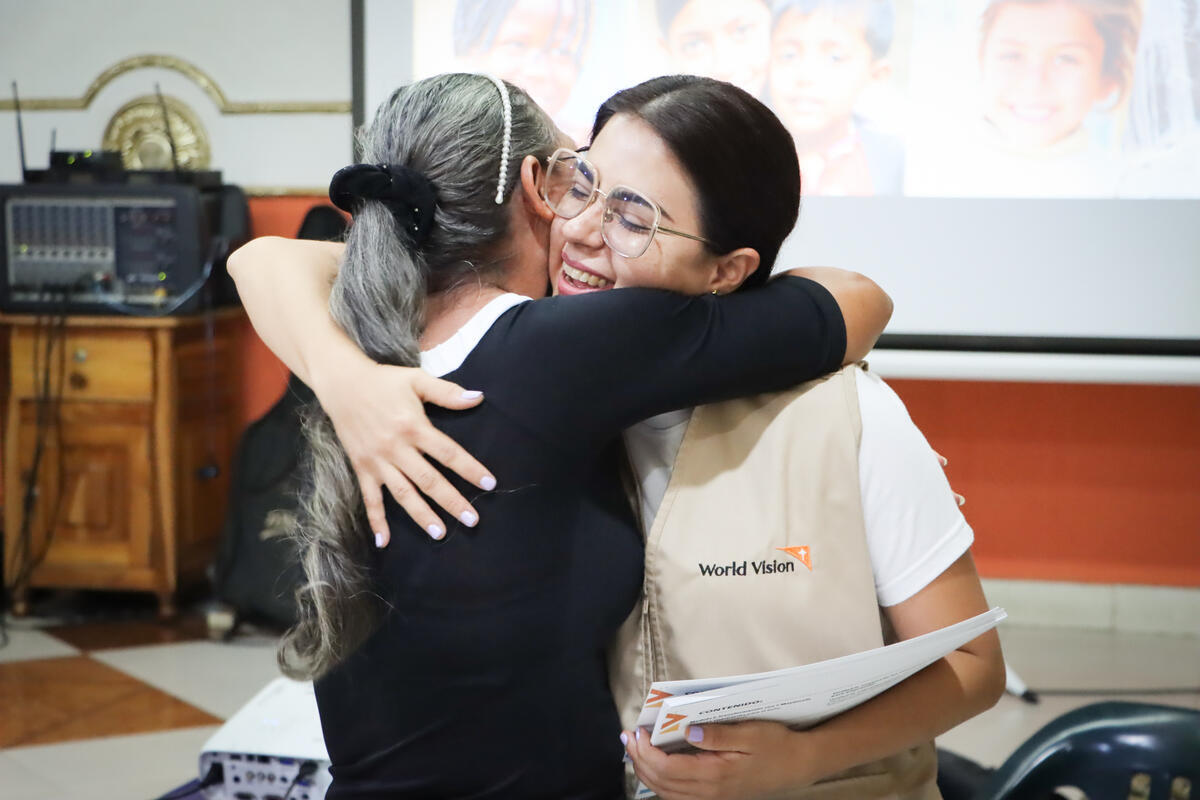
How is World Vision responding to the Venezuela crisis?
Since 2019, World Vision has actively responded to the Venezuela crisis through our program “Hope Without Borders.” As of June 2025, we have supported 2.65 million people through programs focused on child protection, education, food security, access to clean water, sanitation, and hygiene (WASH), and livelihoods in Bolivia, Brazil, Chile, Colombia, Ecuador, Mexico, Panama, Peru, and Venezuela.
We’re also facilitating economic integration through employment support and training and mental health services for people impacted by the crisis. Collaboration with faith-based organizations is vital and enables us to offer safe spaces, skills training, and language classes. World Vision’s cash transfers and food aid have become an essential lifeline for thousands of people.
“For six years, we have been committed to walking alongside migrant children and host communities in the region, bringing hope beyond borders through our projects and programs,” says Peter Gape, director of World Vision’s multi-country response to the migration crisis, “Hope Without Borders.”
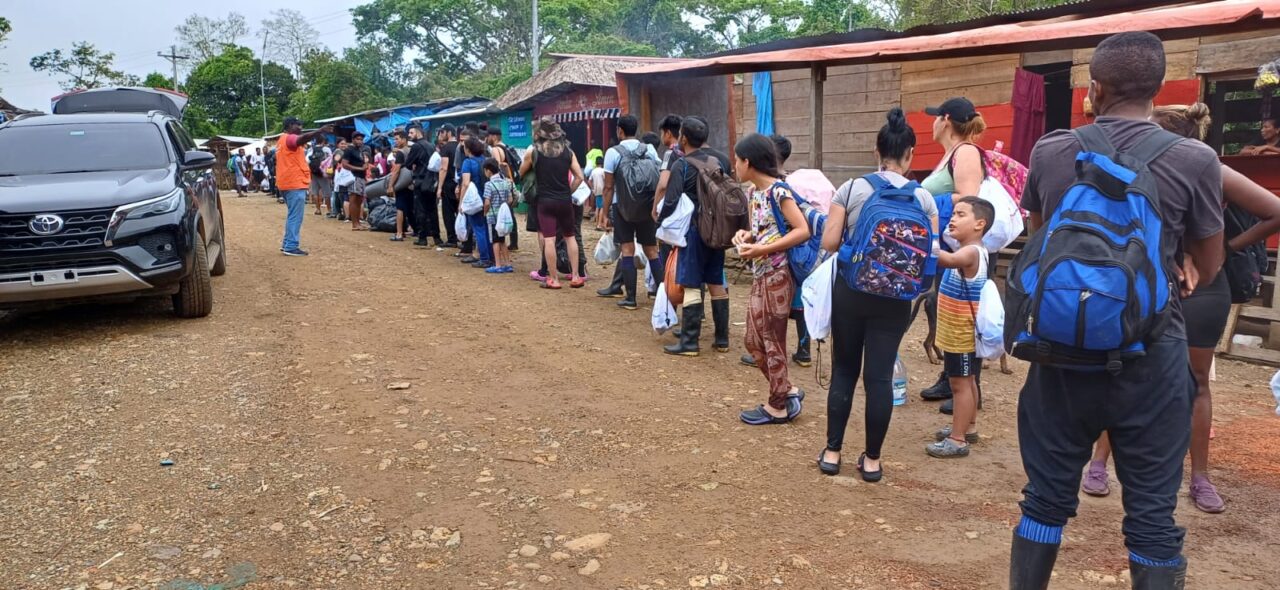
How is World Vision helping children affected by the Venezuela crisis?
World Vision serves vulnerable children and teens across Latin America through our “Hope Without Borders” initiative In five countries affected by the Venezuela migration crisis — Brazil, Chile, Colombia, Ecuador, and Peru — we offer safe spaces, education support, trauma care, and family reunification, all critical services for children on the move. Some key highlights from October to December 2024 include:
Safe spaces and stronger systems
In Brazil, Colombia, and Peru, we established Child-Friendly Spaces — safe, supportive environments where children can play, learn, and access psychosocial care services. We also strengthened local protection systems by training teachers and reinforcing child protection referral pathways.
Learning opportunities during crisis
In Chile, hundreds of migrant children have gained access to temporary classrooms and learning programs. After the forced eviction of a migrant camp, our teams responded swiftly with psychological support, recreational activities, and essential supplies for affected families.
Supporting through play
In Brazil, we supported children in processing their experiences through playful tools. Their responses showed positive feelings of protection and well-being in World Vision support spaces.
Assistance for families in transit
In Colombia, Ecuador, and Peru, the online program, Routes of Hope, offers immediate assistance, case management support, and protection services to migrant families who face threats of violence and other safety concerns while traveling.
Youth leadership
In Ecuador, we supported youth-led networks in raising awareness and advocating for children’s needs, amplifying the voices of young migrants in their communities.
Resilience-building in Venezuela
We trained over 60 pastors and faith leaders in child protection and safeguarding, encouraging the development of protection protocols within churches. We also worked with local and national governments to strengthen child protection through participation in a cross-border forum.
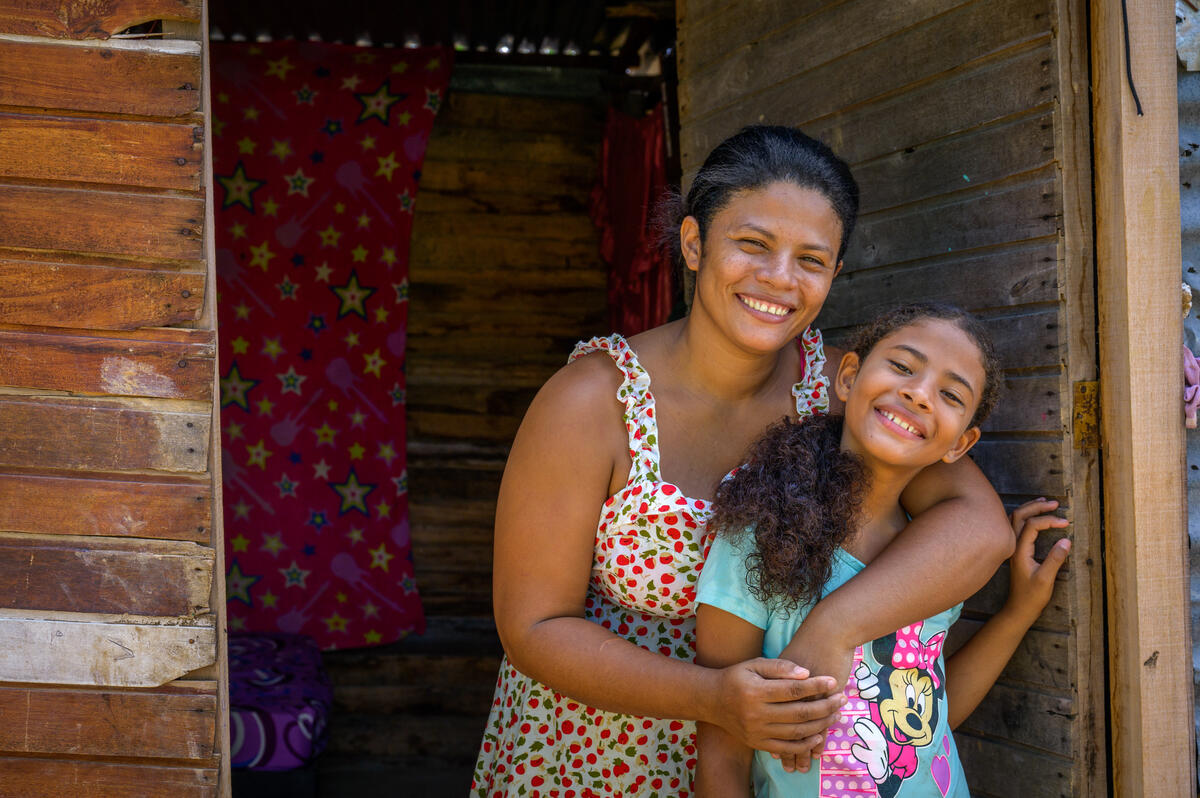
In Colombia, we’re coming alongside children like Sofia and her mother, Mariangel, pictured above, to help build hope by taking care of their immediate needs and supporting their long-term aspirations for a better life.
We first met Sofia in 2019 when she was just 5 years old.
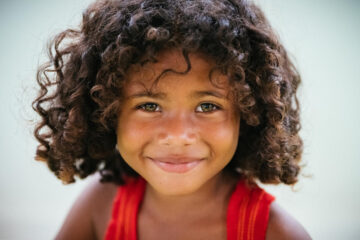
Sofia and her family arrived in Colombia in 2018, navigating perilous routes and settling in El Talento, a settlement for Colombian returnees and Venezuela migrants. Since 2020, World Vision has been providing crucial support to children like Sofia in El Talento.
Sofia thrived in the UNICEF and World Vision Learning Circles, an educational program aimed at helping students catch up in their studies. During one session, Sofia expressed her dream of a home. With building materials from World Vision and community support, Sofia’s family managed to build a house for the seven of them, including her parents and four siblings. From our partner organizations, the family also received food vouchers from the World Food Programme and money vouchers from the Ven Esperanza program, which they used for additional materials.
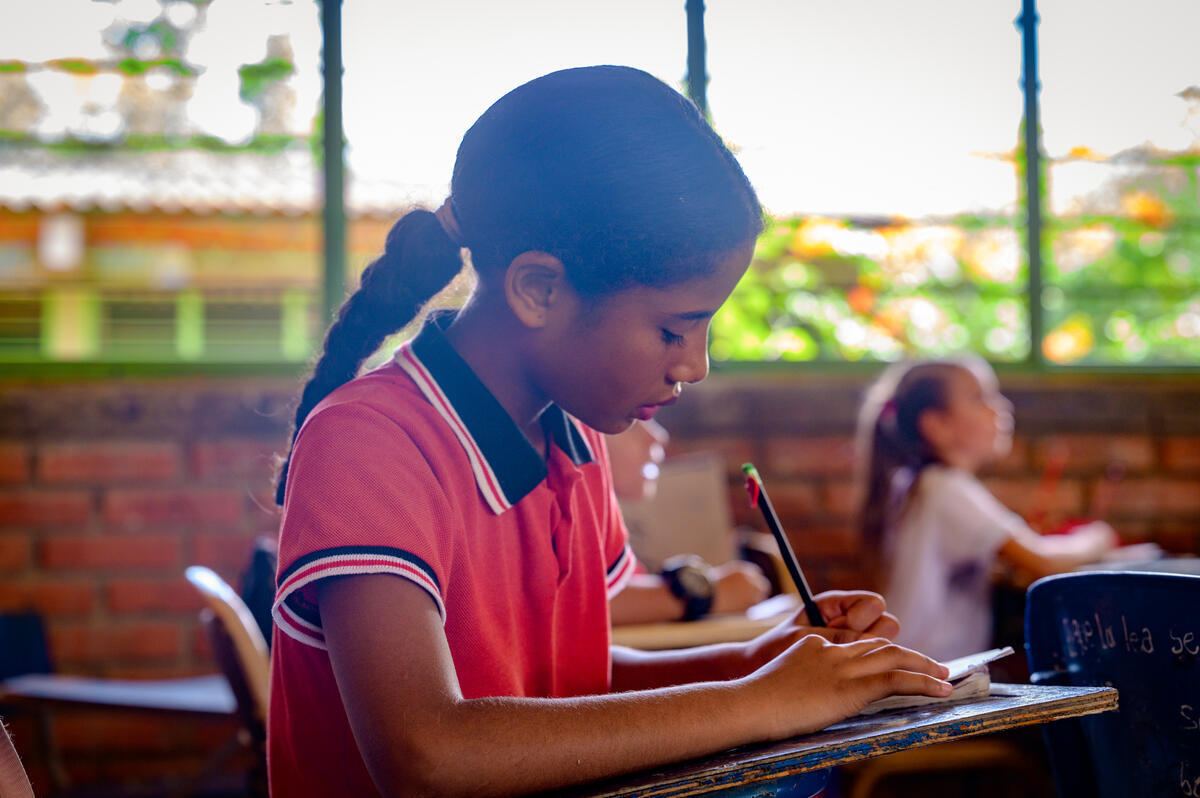
Despite losing their house in a landslide, Sofia and her family remain resilient. They now live in a rented two-room wooden house. Their determination and hope for a better future drive them forward.
How can I help children and families affected by the Venezuela crisis?
You can support Venezuelans by remembering them in prayer and helping meet their needs.
- Pray: Join us in praying for all those affected by the crisis in Venezuela.
- Give to World Vision’s Disaster Relief Fund to address the needs of Venezuelans and other people facing crises.
Keep on loving one another as brothers and sisters. Do not forget to show hospitality to strangers.—Hebrews 13:1–2 (NIV)
Laura Reinhardt of World Vision’s U.S. staff contributed to this article.
